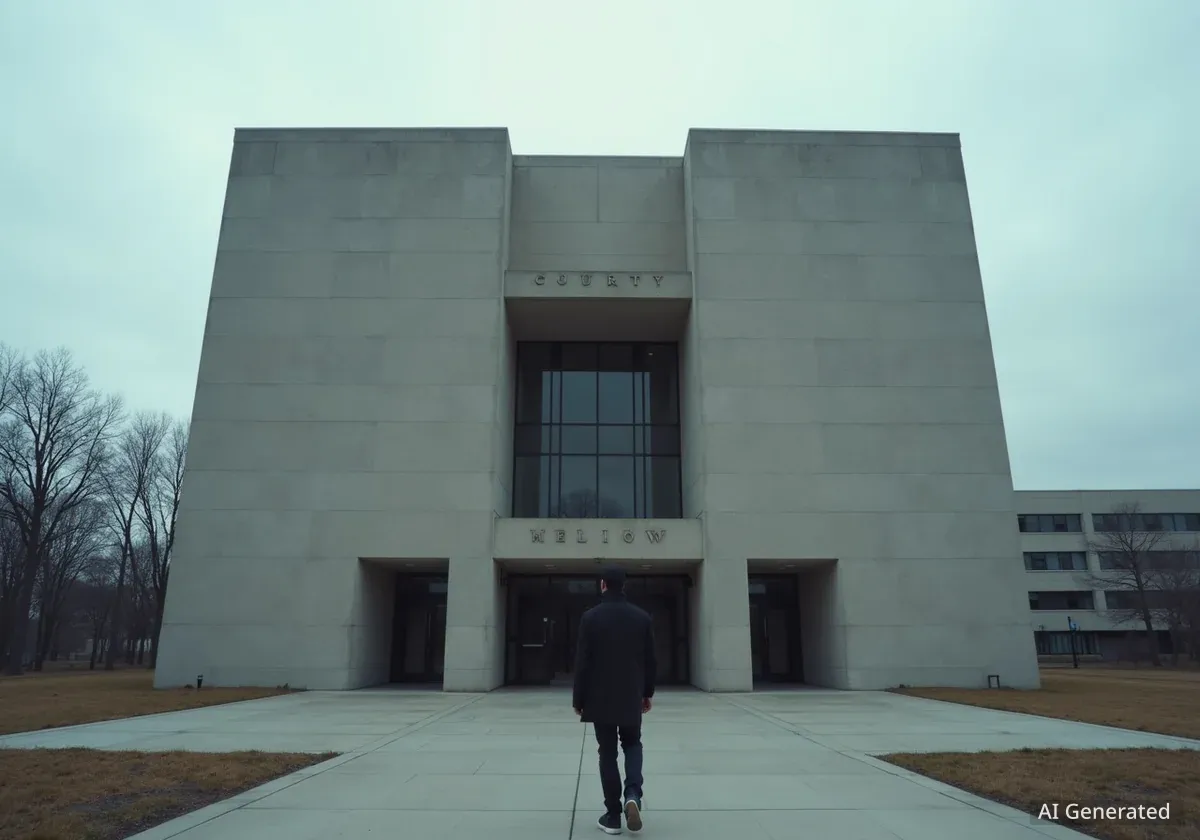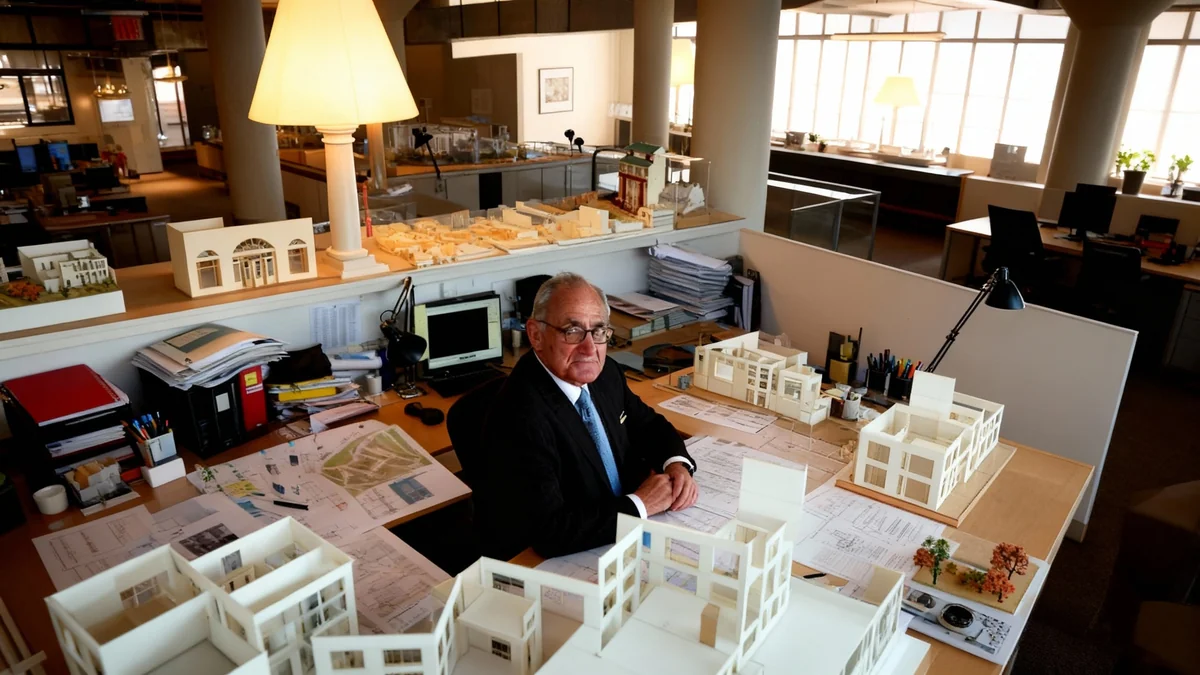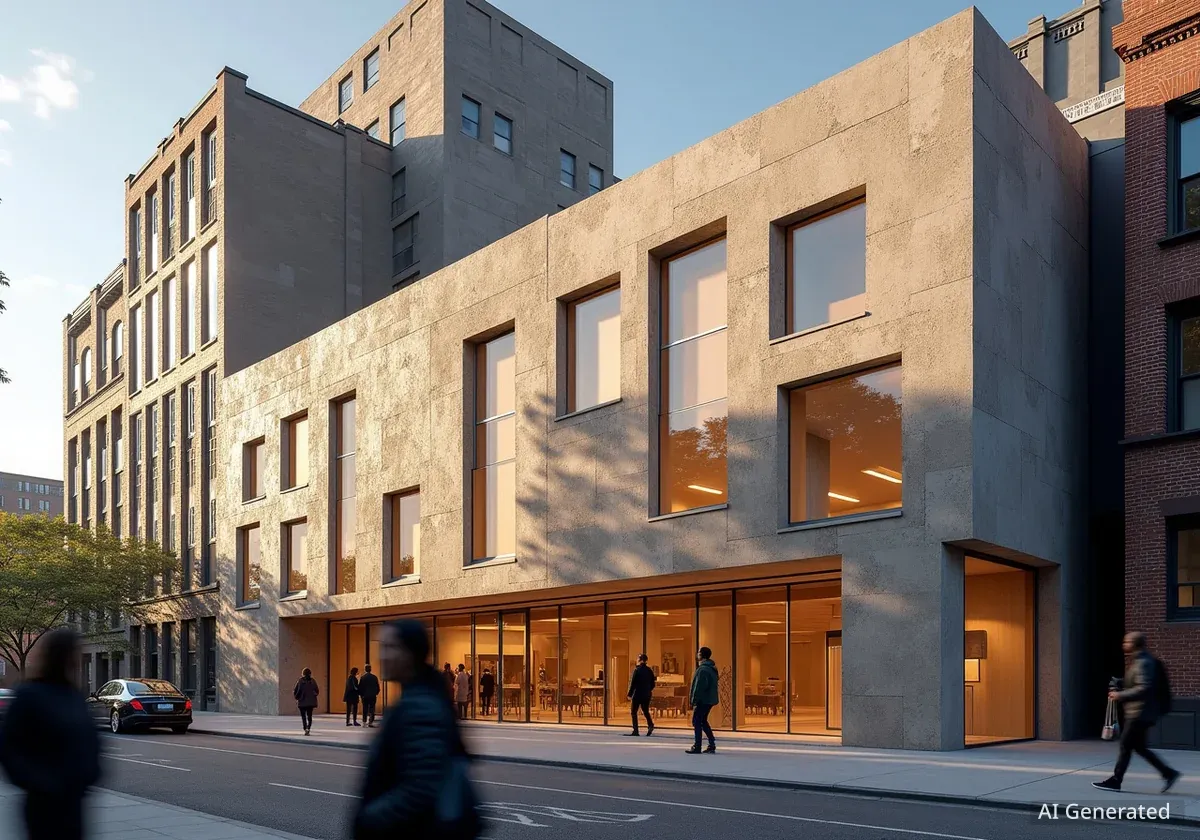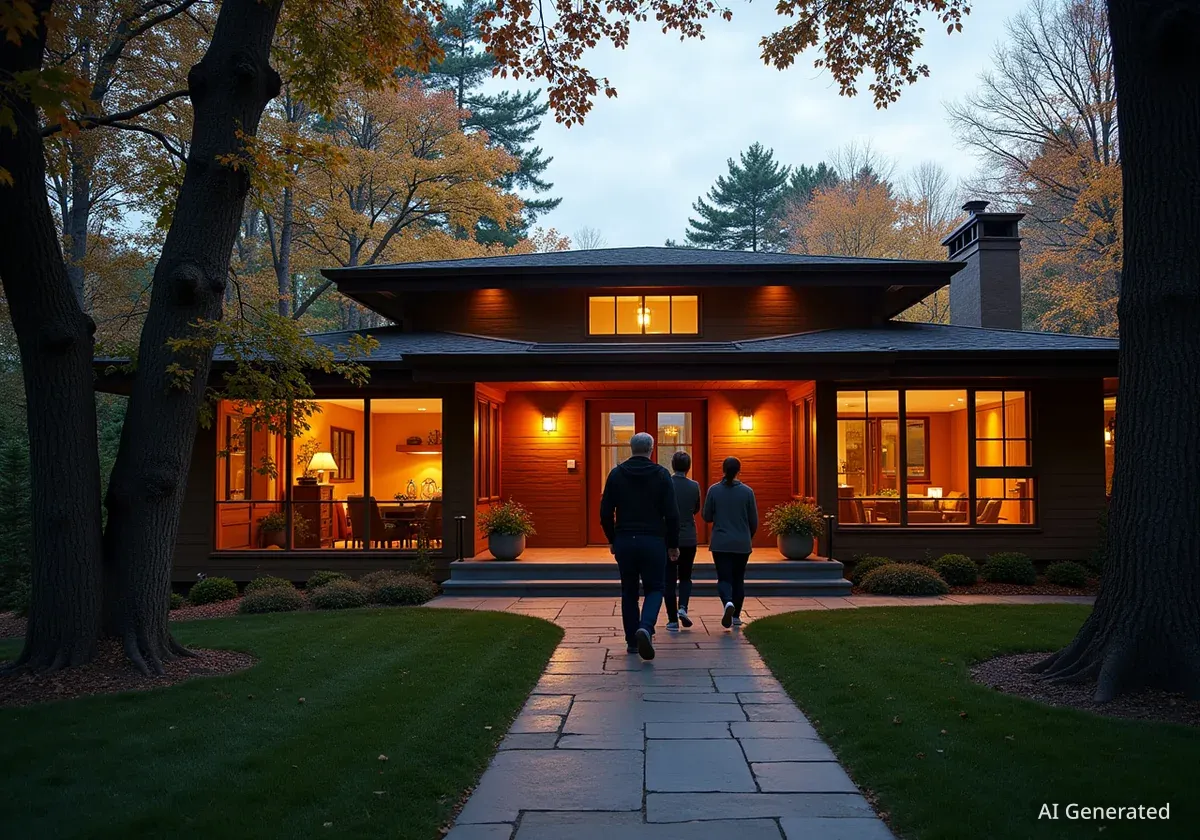A recent national survey has identified three public buildings in Iowa as among the country's "ugliest" structures. While Iowa's State Capitol is often praised for its beauty, not all public architecture in the state receives the same appreciation. The survey, conducted by a real estate firm, gathered opinions from approximately 3,000 individuals across the United States.
Key Takeaways
- A survey of 3,000 people identified three Iowa public buildings as 'ugliest'.
- The Pottawattamie County Courthouse ranked 24th nationally.
- Sioux City Police Department headquarters was 39th on the list.
- The former Sioux City Municipal Auditorium, now Long Lines Family Recreation Center, placed 74th.
Survey Ranks Public Buildings Nationally
The Robert Dekanski Team, a real estate firm associated with RE/MAX, organized a comprehensive survey to pinpoint public buildings perceived as aesthetically unappealing nationwide. The survey engaged a significant number of participants, roughly 3,000 people, to gather a broad range of opinions on architectural design. Although no Iowa buildings appeared in the top five most criticized structures, three facilities from the state were included in the overall list of more than 100 public buildings.
This initiative aimed to understand public sentiment regarding architectural aesthetics beyond typical landmarks. The results provide a snapshot of how ordinary citizens view the functionality and appearance of structures that serve community purposes. This type of public feedback can sometimes influence future urban planning and architectural choices, emphasizing the importance of design in public spaces.
Survey Snapshot
- Participants: Approximately 3,000 people.
- Scope: Public buildings across the United States.
- Iowa's Position: Three buildings made the list of over 100 structures.
- Top 5: No Iowa buildings were in the top five 'ugliest'.
Pottawattamie County Courthouse: Ranked 24th
The current Pottawattamie County Courthouse received the highest ranking among Iowa's entries, placing 24th on the national list of "ugliest" public buildings. Constructed in 1977, the building features a design primarily composed of brick, with tan accents surrounding its windows. This architectural style was common during the late 1970s, prioritizing function and cost-effectiveness.
According to the Iowa Judicial Branch, this structure represents the fourth courthouse in the county's history. Its predecessors faced various challenges, highlighting a long history of evolving public infrastructure. The design reflects a departure from earlier, more ornate styles, opting for a simpler, more utilitarian look that may not resonate with modern aesthetic preferences.
A History of County Courthouses
Pottawattamie County has a notable history of public buildings. The first courthouse was a two-story log house, serving the county's needs in its early days. This rudimentary facility was eventually deemed inadequate, leading to its abandonment. In 1868, the county acquired a new site in Council Bluffs for a more permanent structure. However, this second building proved short-lived, being declared unsafe just 16 years after its construction.
A third courthouse was then built in 1888, serving the community for several decades. This building housed county operations until the present courthouse was erected on the same land in 1977. This progression illustrates the continuous effort to provide robust and safe public facilities, even as architectural trends and public tastes shift over time.
"Public buildings serve essential functions, but their design also significantly impacts community perception and pride," stated a local urban planner, emphasizing the dual role of these structures.
Sioux City Police Department Headquarters: Ranked 39th
The Sioux City Police Department's headquarters also appeared on the list, ranking as the 39th "ugliest" building. This facility is characterized by its red brick exterior, which includes decorative archways positioned above its entrances and upper-level windows. The choice of red brick is a classic material for civic buildings, often associated with durability and tradition.
Despite its exterior ranking, the building plays a vital role in the community. Inside, the police department hosts a museum dedicated to preserving and sharing the 150-year history of the Sioux City Police. This museum provides a valuable educational resource, offering insights into the evolution of law enforcement in the city and honoring its past officers. The internal function and historical significance often stand in contrast to external aesthetic judgments.
Police Headquarters Function
Beyond its exterior appearance, the Sioux City Police Department headquarters is a central hub for law enforcement operations. It houses administrative offices, patrol divisions, and investigative units. The building's interior museum highlights the department's long-standing commitment to public safety and its historical development, showcasing artifacts and stories from its founding to the present day.
Sioux City Municipal Auditorium / Long Lines Family Recreation Center: Ranked 74th
Further down the national list, at position 74, is the Sioux City Municipal Auditorium. This building is now widely known as the Long Lines Family Recreation Center. Its distinctive feature is a rounded front section, constructed from tan brick. The sides of the main entrance are adorned with carved murals, one depicting a musician playing an instrument and the other showing an individual engaged in basketball.
A Swedish-born architect designed the building, blending elements of Art Deco with modern architectural styles. This design incorporates decorative concrete, terra cotta, and glass blocks, materials popular during its construction era. The city of Sioux City proudly highlights its unique architectural heritage, showcasing a mix of historical and contemporary influences.
A Venue of Historical Significance
For five decades, the Municipal Auditorium served as Sioux City's primary venue for a wide array of events. It hosted numerous entertainment acts, sporting events, and civic gatherings. Historical records show that prominent political figures, including Richard Nixon and John F. Kennedy, delivered speeches at the center. The stage also welcomed legendary musical artists such as Elvis Presley, Johnny Cash, Bob Dylan, Dolly Parton, and Bon Jovi, making it a significant cultural landmark.
With the opening of the Tyson Event Center, the auditorium's role shifted. It has since transitioned into a multi-use community facility, focusing on recreational and cultural activities for families. The building's historical importance has been formally recognized, leading to its inclusion on the Historic Registry. This designation ensures its preservation and continued role in the community's heritage.
- Original Name: Sioux City Municipal Auditorium
- Current Name: Long Lines Family Recreation Center
- Architectural Style: Mix of Art Deco and modern design.
- Key Materials: Decorative concrete, terra cotta, glass blocks.
- Historic Events: Hosted speeches by Nixon and Kennedy, concerts by Elvis Presley, Johnny Cash, and others.
- Current Role: Multi-use community and recreation facility.
- Status: Listed on the Historic Registry.
Anne Westra, a communication and public engagement specialist for Sioux City, commented on the building's enduring value.
"Though it no longer serves as Sioux City’s central entertainment venue, the building remains a beloved local landmark, playing an important role in the city's recreational and cultural life," she stated. This sentiment underscores the building's continued relevance despite its changed primary function, reflecting its deep connection to the community's identity and history. The survey's findings offer a unique perspective on how public perception of architecture evolves, contrasting historical significance with contemporary aesthetic judgments.




